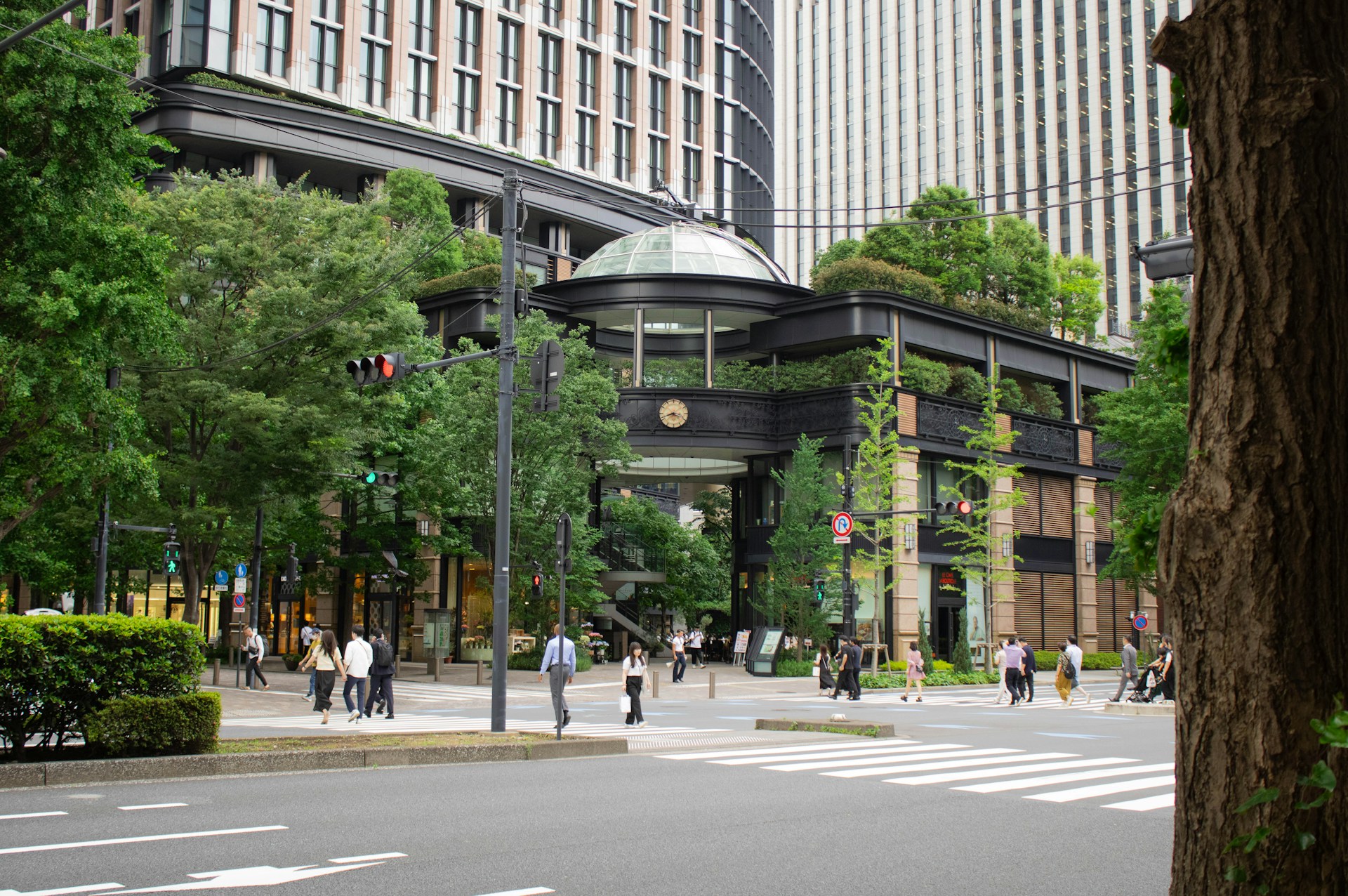If you’ve been following our Series, it’s clear that many older adults want to stay engaged in society but the barriers holding them back won’t disappear on their own. So, where do we start? Turns out, our cities might hold the key to making this happen. They’re ideal platforms for breaking down the barriers that keep older adults from fully participating in society. Whether it’s through better infrastructure, inclusive policies, or creative programs, cities can help make aging into a more engaging and fulfilling chapter of life. After these 3 explanations, read further to see a specific example of a successful city implementing their own solution!
Social Infrastructure: It’s More Than Sidewalks
Let’s be real—cities need to work for everyone, not just the young and spry. A truly age-friendly city isn’t just about accessibility ramps and wider sidewalks (although those do help!). It’s about fostering environments where older adults feel valued, included, and encouraged to stay active. Cities can lead the charge by promoting the kinds of communities where different generations mingle, share experiences, and support one another.
Physical Infrastructure: Moving Around Shouldn’t Feel Like a Challenge
Getting from point A to point B can be harder as we age, but it doesn’t have to be. Cities can design public spaces and transportation systems that work for people of all ages and mobility levels. We’re talking about improving access to public transport, ensuring essential services are nearby, and making urban areas easier to navigate.
Political Infrastructure: Policies That Actually Work for Older Adults
Cities are in a unique position to pass laws and create programs that make life better for older adults. Policies that protect their rights and support their participation in the workforce and community activities are key. When older adults are able to participate fully in society, the benefits ripple out far beyond just the individual. Engaging older adults improves social harmony, strengthens intergenerational connections, and even boosts the economy. And this doesn’t just mean keeping them busy—it’s about giving them opportunities that bring real value to both their lives and their communities. Imagine older adults not just as passive recipients of care but as active contributors to society. They can volunteer, mentor, or even re-enter the workforce in a way that fits their lifestyle. The result? Healthier, happier seniors and a more connected community for everyone.
How Santiago, Chile’s RedActiva Bracelet is Revolutionizing City Life for Older Adults
Navigating a busy city can be tough for anyone, but when you add in the challenges that come with aging, it can feel like an uphill battle. That’s where Santiago, Chile, steps in with a creative solution: the RedActiva bracelet. This little red band is doing a lot more than just making a fashion statement—it’s helping older adults get around the city with ease and dignity.
What is it? At first glance, the RedActiva bracelet might look like your standard silicone wristband, but don’t let its simplicity fool you. This bracelet is packed with perks designed to make urban life easier for seniors. Wearers can use the RedActiva to request extra time at pedestrian crossings, get access to free public restrooms at participating businesses, and even signal for special stops on public transport.
It’s like having a VIP pass that turns the city into a more senior-friendly space. And this was a team effort – the result of a clever collaboration between the local university, private businesses, and city authorities. Together, they’ve designed a solution that’s both practical and affordable—each bracelet costs about $2 to make. Talk about a small investment for a big impact.
What makes RedActiva so special is that it’s not just about making life easier—it’s about giving older adults more control over their day-to-day lives. They can regain the power of independence. Imagine being able to stroll through the city without worrying about whether the traffic light will give you enough time to cross the street or where you’ll find the nearest restroom. For older adults, these small conveniences add up to a greater sense of confidence when navigating the urban landscape.
What is our take-away? Santiago’s RedActiva program shows how a simple, well-designed tool can transform city life for older adults. By focusing on accessibility and autonomy, the program makes sure that seniors aren’t just surviving in the city—they’re thriving. And the best part? It’s a scalable solution that other cities could easily adopt.

